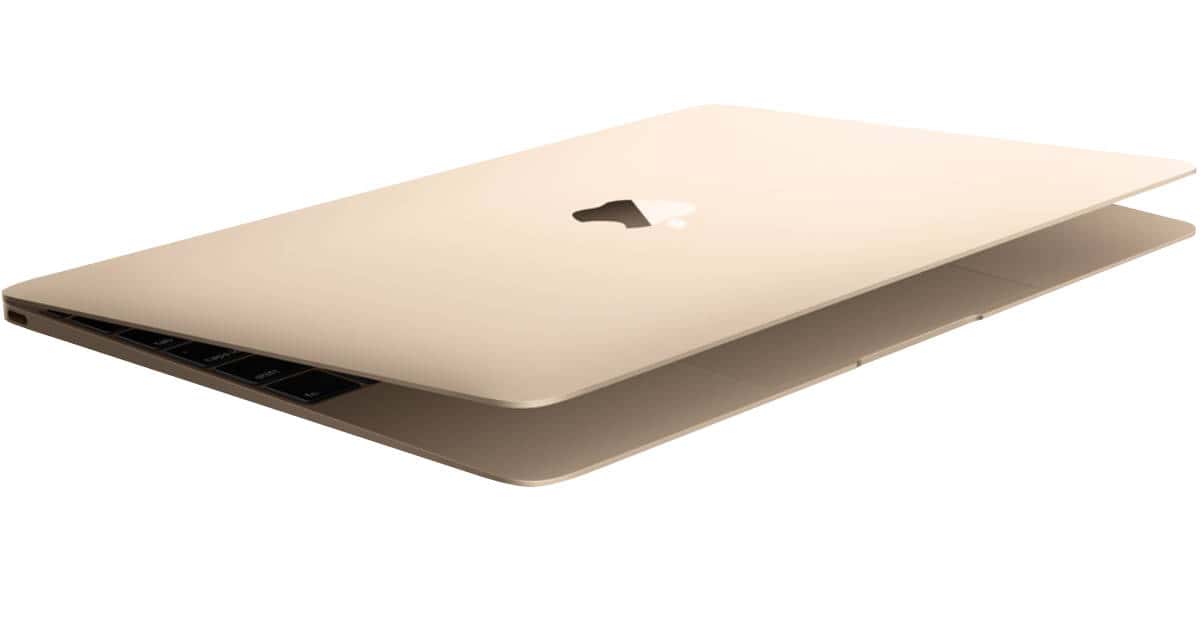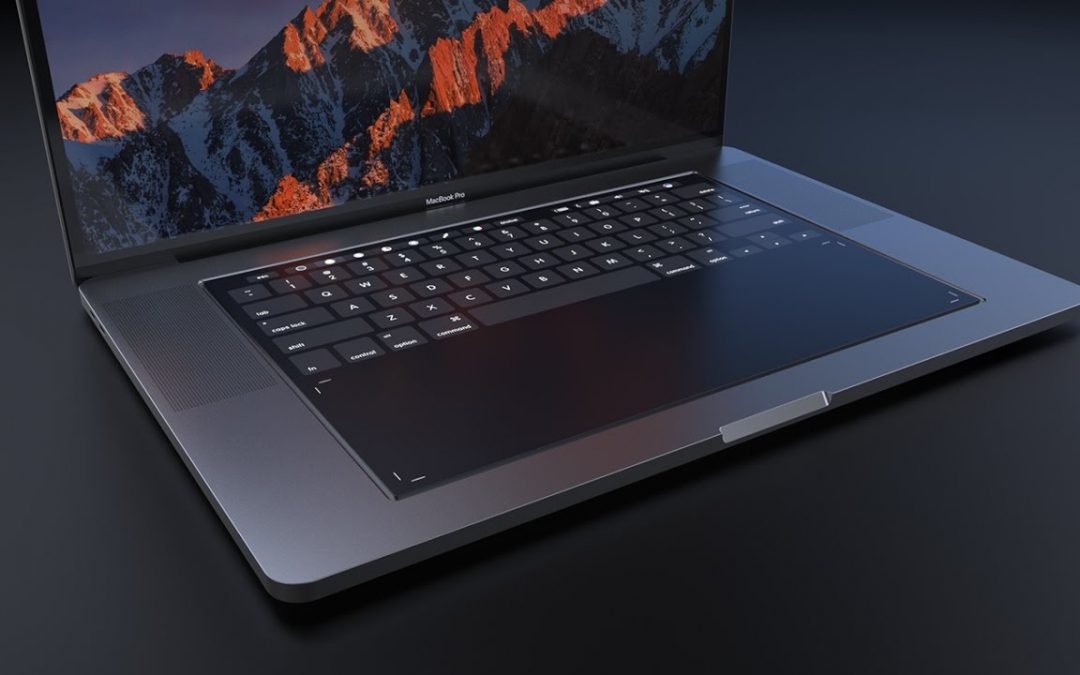

- MACBOOK PRO 2018 RELEASE DATE SEPTEMBER INSTALL
- MACBOOK PRO 2018 RELEASE DATE SEPTEMBER UPDATE
- MACBOOK PRO 2018 RELEASE DATE SEPTEMBER PATCH
Apple explains these in its article on the SMC.įeatures which are controlled by the SMC include: Aside from ensuring that its firmware is kept up to date (as for EFI firmware), the SMC may on occasion need to be reset when one or more of its functions has gone awry, such as the fans are stuck on full blast all the time. This controls many of the extended hardware features like cooling fans. The SMC is a custom chip(set) with its own firmware which may sometimes be updated separately from the EFI.

(Thanks to David and Alexandre for explaining these quirks to me.)
MACBOOK PRO 2018 RELEASE DATE SEPTEMBER UPDATE
When the update is successful, the optical drive closes automatically, and the rest of the update then completes. If the update were to fail, the Mac will power off leaving the optical drive open, allowing you to insert the firmware restore disk and power it back up to restore its old firmware. When updating the firmware, the MacPro5,1 opens its optical disk drive.

To update the EFI firmware in a MacPro5,1, you will therefore have to download the latest full macOS installer app from the App Store, run that, and when prompted hold down the Power button on shutdown to trigger the ‘flash’ process. In these, the update has to be initiated by the user, and doesn’t run automatically during macOS software update.īecause of this, they can only update their EFI firmware when a full installer app is run, and Apple only provides their firmware updates in full installer versions of macOS. Mac Pro models which are compatible with High Sierra and later, but prior to the ‘new’ Late 2013 model, with the designator MacPro5,1, are different when it comes to EFI firmware updates. Older Macs, and older updates, are still available through this article, which contains links to updaters if you need them. If you don’t maintain and update macOS, then your Mac will not receive those updates, either. However, Apple’s general practice is to bundle firmware updaters within macOS updates and security updates.
MACBOOK PRO 2018 RELEASE DATE SEPTEMBER INSTALL
This is why you should install macOS upgrades and updates while your Mac is connected to the internet: during installation, the macOS installer will check whether it needs any EFI or similar updates, and may download and install them then.
MACBOOK PRO 2018 RELEASE DATE SEPTEMBER PATCH
All models have updates to patch bugs and support new features, and those are now only delivered as part of macOS updates. These include the EFI firmware, the SMC, NVRAM and (in certain models) the T2 chip.ĮFI firmware is the fundamental software that gets your Mac going. But in order to boot it up sufficiently to be able to load that up, and to enable certain hardware features controlling the cooling fans, battery charging, etc., every Mac has firmware and persistent storage for some key settings. Most of your Mac is operated by software which is loaded from your startup volume.


 0 kommentar(er)
0 kommentar(er)
